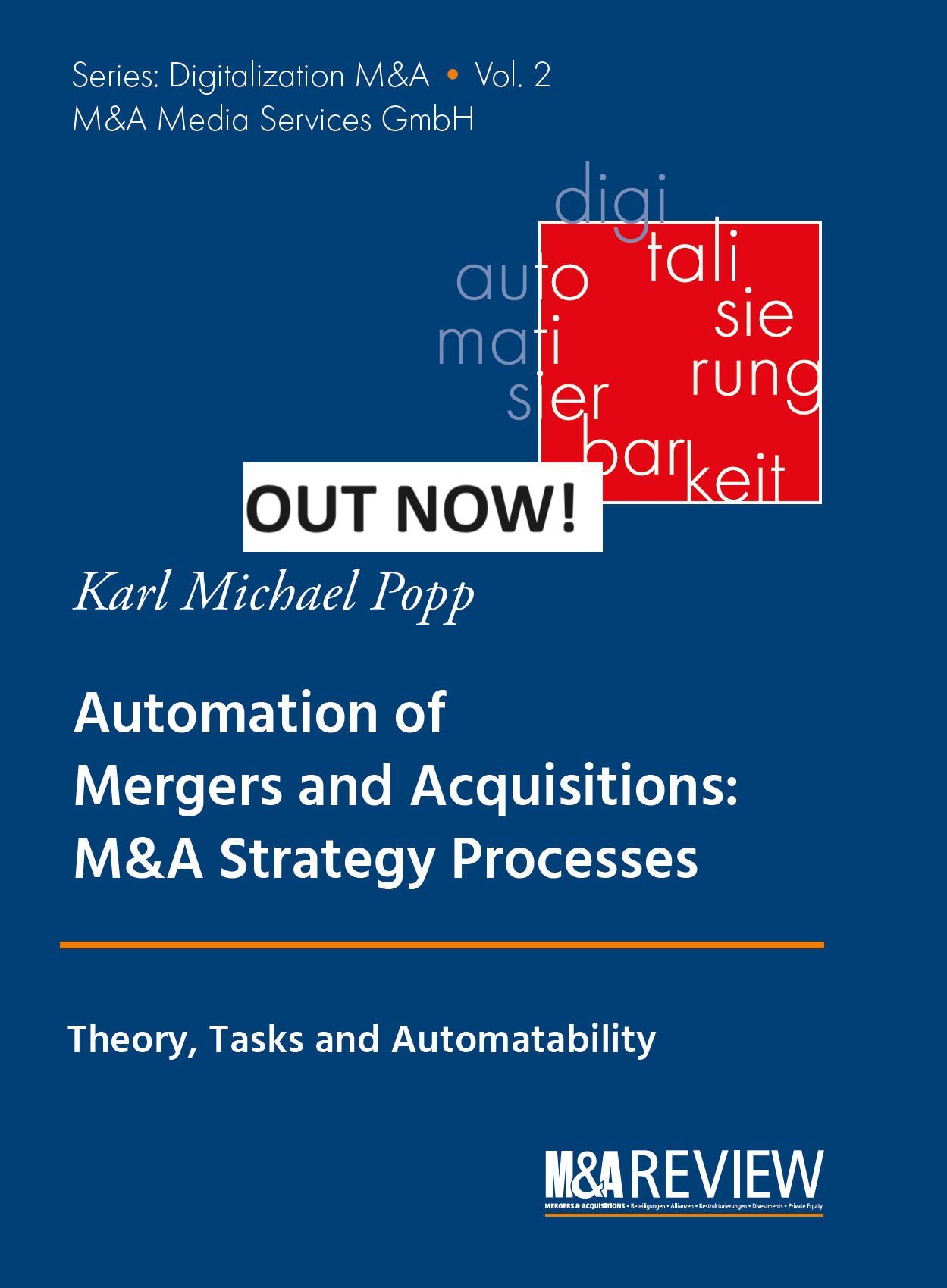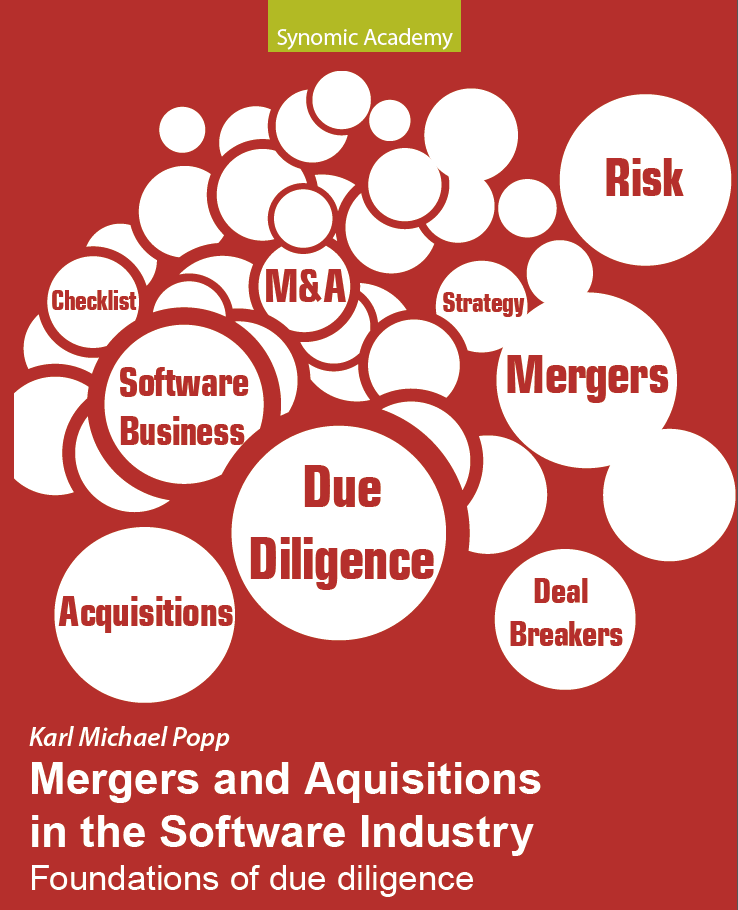Can we predict success of an acquisition based on the patent portfolio of the target?
This blog is in the Top 25 M&A blogs worldwide according to Feedspot
Mergers and acquisitions frequently involve a certain degree of risk. The lingering question for many is whether the combination of two companies will prove to be successful. Although numerous factors influence the overall result, one area that has gained attention in recent years is the patent portfolio of the company being acquired.
Historically, assessing a potential merger or acquisition has depended on financial statements, market research, and other conventional metrics. Nevertheless, experts argue that the patent portfolio can yield valuable insights into the future viability of such a partnership.
The intellectual property of any organization significantly relies on the presence of patents. They embody the innovative concepts, technological progress, and competitive edge of a company. Examining the patent portfolio of a target company can reveal insights into their research and development endeavors, product pipeline, and overall market standing.
A robust and varied patent portfolio signifies that the target company has dedicated considerable resources to developing new technologies and safeguarding their intellectual property rights. This highlights their dedication to innovation and typically translates into a competitive edge in the marketplace.
Moreover, evaluating the quality of patents within a portfolio can offer additional insights. The mere count of granted patents does not automatically ensure success. High-quality patents, defined by their strength, scope, and enforceability, possess greater value. A comprehensive patent portfolio, alongside exceptional patents, implies the chance for future advancement and income production.
Additionally, the synergy between the patent portfolios of merging entities can bolster the chances of a successful merger or acquisition. A complementary assortment of patents can lead to expanded product lines, greater market share, and enhanced technological capabilities. Conversely, overlapping patents could lead to redundancies and possible legal complications. A thorough analysis is crucial to uncover the potential risks and benefits.
Understanding that a patent portfolio can reflect the potential success of a merger or acquisition is essential, yet it is not the singular deciding element. Other significant elements such as cultural compatibility, management integration, market conditions, and economic trends also play an important role. However, evaluating the patent portfolio provides an extra layer of valuable information for decision-makers to contemplate.
Overall, the patent collection of a targeted business might serve as a vital sign of the merger or acquisition's potential triumph. It illustrates the business's innovation strengths, its competitiveness in the market, and its potential for growth moving forward. That said, it should be assessed alongside various other factors for a thorough evaluation. Being aware of the fine points of patent portfolio analysis can benefit decision-makers in forming educated choices and in maximizing the advantages of their mergers and acquisitions.
Like my thoughts? READ MY NEW BOOK
ORDER AT AMAZON
ORDER IN GERMANY









